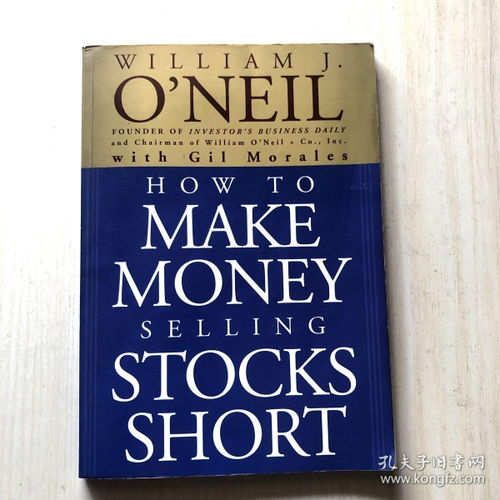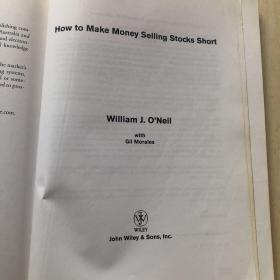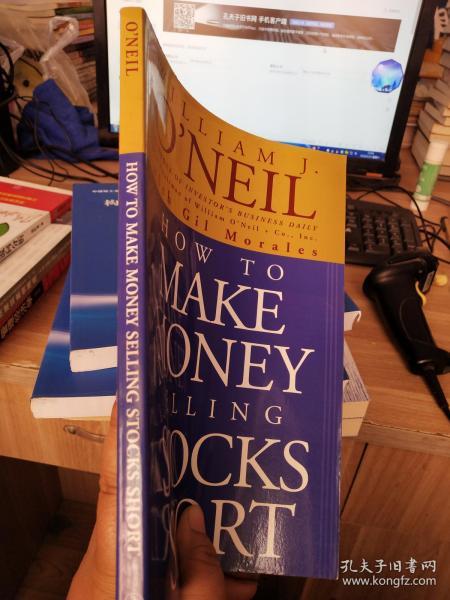Understanding the Market

Before diving into the world of selling on eBay and Amazon, it’s crucial to understand the market you’re entering. Both platforms have their unique selling points and target audiences. eBay is known for its auction-style listings and a broader range of products, while Amazon is a marketplace with a focus on retail and brand-name products.
Choosing the Right Products

Product selection is key to a successful eBay and Amazon selling venture. Research products that are in high demand but not overly saturated. Use tools like Amazon Best Sellers and eBay’s Pulse to identify trending items. Additionally, consider the competition and your own expertise when choosing products.
Setting Up Your Account

Creating an account on eBay and Amazon is straightforward. Start by signing up for a seller account on each platform. eBay offers individual and business accounts, while Amazon has professional and individual seller plans. Choose the plan that best suits your business needs.
Optimizing Your Listings
Optimizing your listings is essential for attracting buyers. Use high-quality images, detailed descriptions, and relevant keywords. Make sure your titles are clear and concise, and include important details like the product’s size, color, and condition. eBay and Amazon both have specific guidelines for listing optimization, so be sure to follow them.
Understanding Pricing Strategies
Pricing your products correctly is a delicate balance. Consider your costs, competition, and market demand. On eBay, you can set a starting price and go through an auction process, or you can choose a fixed-price listing. Amazon has a more structured pricing system, where you can set your own price or use Amazon’s Buy Box algorithm.
Table: Pricing Strategies Comparison
| Platform | Auction-style | Fixed-price | Buy Box |
|---|---|---|---|
| EBay | Yes | Yes | No direct control |
| Amazon | No | Yes | Yes |
Managing Inventory
Efficient inventory management is crucial for a smooth selling process. Keep track of your stock levels, and ensure you have enough products to fulfill orders promptly. Use inventory management tools to streamline your operations and avoid overselling or stockouts.
Handling Orders and Customer Service
Once you start receiving orders, it’s important to handle them efficiently. Use shipping services that offer tracking and reliable delivery. Respond promptly to customer inquiries and provide excellent customer service to build a positive reputation and encourage repeat business.
Marketing and Advertising
Marketing and advertising can significantly boost your sales. Utilize eBay and Amazon’s advertising tools, such as eBay Promotions and Amazon’s Sponsored Products. Additionally, consider running promotions, offering discounts, and leveraging social media to reach a wider audience.
Monitoring and Analyzing Performance
Regularly monitor your sales performance and analyze the data to identify areas for improvement. Use eBay and Amazon’s reporting tools to track your sales, customer feedback, and other key metrics. Adjust your strategies based on the insights you gain from the data.
Expanding Your Business
Once you’ve established a successful presence on eBay and Amazon, consider expanding your business. You can explore other marketplaces, create your own brand, or even start dropshipping. Always stay informed about the latest trends and technologies in the e-commerce industry to stay ahead of the competition.
By following these steps and continuously refining your approach, you can build a profitable business selling on eBay and Amazon. Remember that success in e-commerce requires patience, persistence, and a willingness to adapt to changing market conditions.



